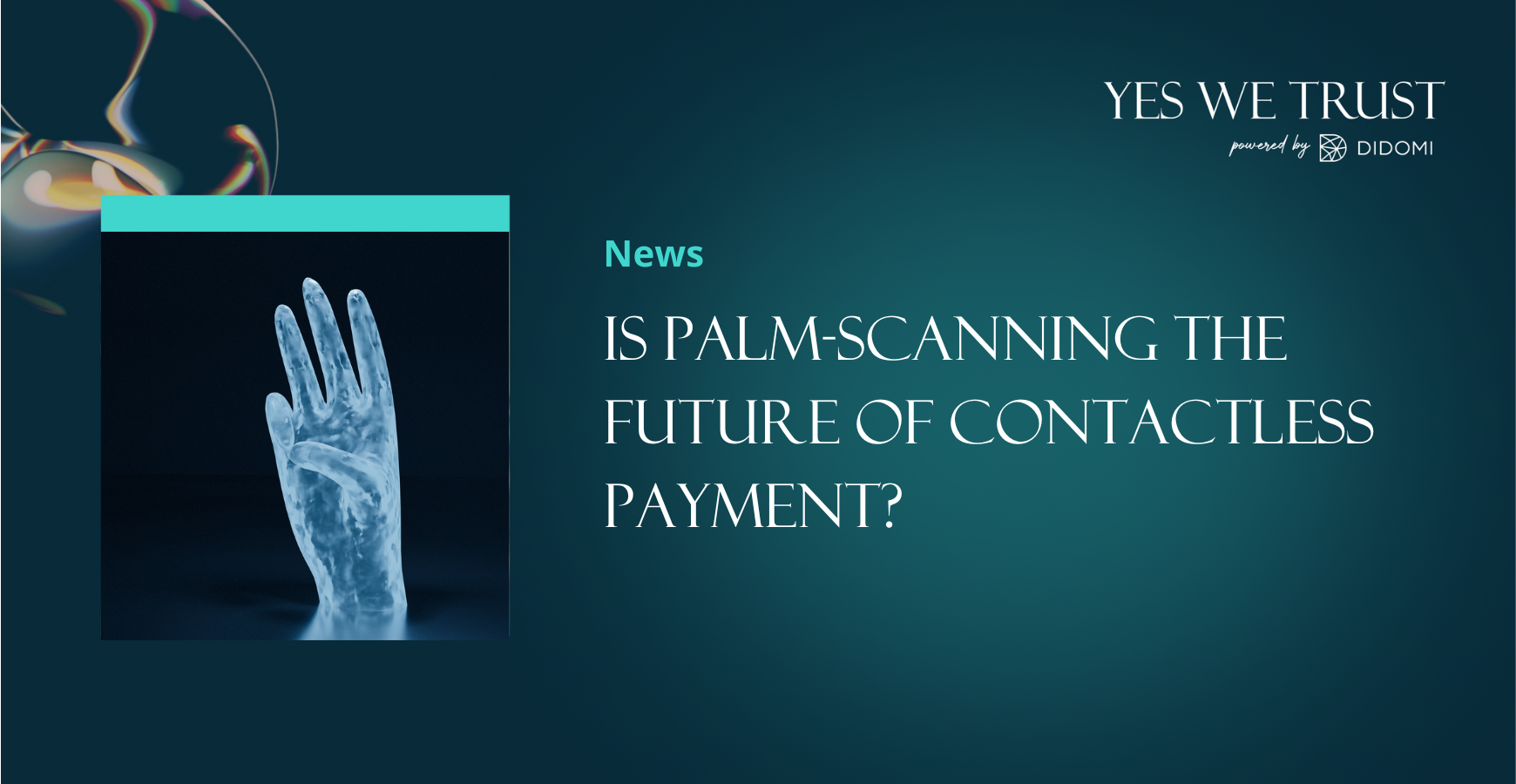Summary
Multinational technology company Amazon was sued in March 2023 in New York City. The company was accused of not properly disclosing to shoppers that it was collecting scans of palms using its Amazon One technology and identifying their unique size and shape through algorithm-powered cameras.
Amazon One was created to help identify consumers, create seamless transactions and maintain loyalty. Launched in September 2020, it is now present in 200 Whole Foods Market, along with stadiums, restaurants and airport retailers.
How does it work? With Amazon One palm-scanning technology, customers no longer need their wallet or phone to pay, all they need to do is hover their palm over an Amazon One device, which will connect to their online wallet and complete their transaction. Additionally, if a user connects their Amazon Prime account to their Amazon One account, they could receive discounts and have savings on their future purchases.
The palm images captured are stored by Amazon Web Services (AWS) in a custom-built area. Amazon has not specified how long the scanned palm images are stored, but they are used to generate signatures, update hand changes, and process transactions. At the time of the launch, Amazon insisted that users would be required to give consent and to to create an Amazon One account to participate in the palm scans:
|
“Only shoppers who choose to enroll in Amazon One and choose to be identified by hovering their palm over the Amazon One device have their palm-biometric data securely collected, and these individuals are provided the appropriate privacy disclosures during the enrollment process. The customer is always in control of when they choose to be identified using their palm.” -Sarmishta Ramesh, Amazon Spokesperson (Source: Bloomberg Law) |
Although Amazon promised privacy, it was found that many stores in the United States were lacking surveillance signage and were not aware of Amazon’s biometric data collection, which led to the New York lawsuit.
Evan Greer, Deputy Director of the nonprofit digital rights group Fight for the Future, also notes that low-income people and people of color who are treated differently and subjected to invasive government data collection will be massively affected by Amazon One’s surveillance-based payment alternatives.
|
"Handing your sensitive biometric information to private corporations is a terrible idea, especially since there are almost no laws in place that hold them accountable for keeping that information safe, or prevent them from abusing it or selling it to others." -Evan Greer, Deputy Director, Fight for the Future (Source: Mashable) |
In an effort to reassure consumers, Amazon has explained that users can delete their accounts at any time, that the collected palm scans cannot be replicated, and that they can be applied to a number of use cases for the greater good such as verifying the age of users.
Would you choose palm recognition over your physical wallet for your next purchase? Join the conversation in our Yes We Trust community, a free discussion group for data privacy professionals and enthusiasts, on LinkedIn:







